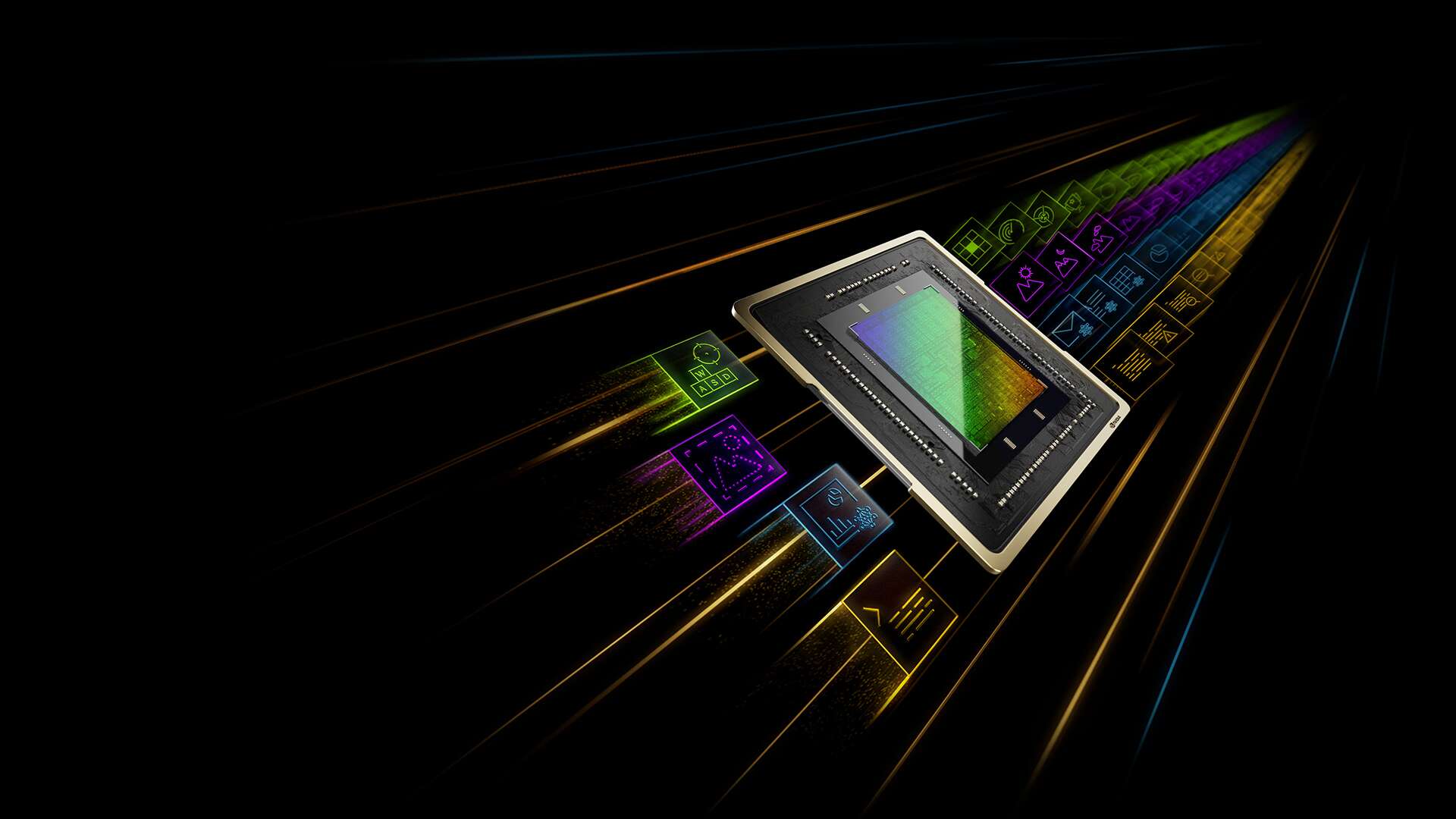Decoding the Trillion-Dollar Impact of GPUs on the AI Industry

- 13 Mar 2024
Why is it in the News?
As the global demand for the latest AI technologies surges, one unexpected item has emerged as a highly sought-after commodity: the graphics processing unit (GPU).
What is a Graphics Processing Unit (GPU)?
- A Graphics Processing Unit (GPU) is a specialized computer chip designed to efficiently render graphics and images by performing rapid mathematical calculations.
- Widely used in both professional and personal computing, GPUs were initially developed to handle the rendering of 2D and 3D images, animations, and video content.
- Similar to a Central Processing Unit (CPU), a GPU is an integral component of computing devices.
- However, the primary distinction lies in the GPU's specialized design to handle and accelerate graphics workloads and display graphics content on devices like PCs or smartphones.
- While a typical modern CPU consists of between 8 and 16 "cores" that process complex tasks sequentially, GPUs contain thousands of smaller cores.
- These cores are engineered to work simultaneously ("in parallel") to achieve fast overall processing, making GPUs ideal for tasks involving numerous simple operations that can be executed concurrently.
- GPUs operate using a technique called parallel processing, where multiple processors manage separate parts of a single task.
- They also possess their own dedicated RAM to store and process large amounts of data for graphics-intensive applications.
- In graphics applications, the CPU sends instructions to the GPU for drawing graphics content on the screen.
- The GPU then executes these instructions in parallel at high speeds, displaying the content on the device—a process known as the graphics or rendering pipeline.
- They also possess their own dedicated RAM to store and process large amounts of data for graphics-intensive applications.
- Modern GPUs have expanded beyond their traditional role in graphics rendering and are now employed in various applications such as creative content production, video editing, high-performance computing (HPC), and artificial intelligence (AI).
- By offloading graphics-related tasks from the CPU, GPUs enable fast and smooth rendering of content on computer screens.
- As technology continues to advance, the applications of GPUs will likely expand even further, solidifying their position as an essential component in the computing landscape.
